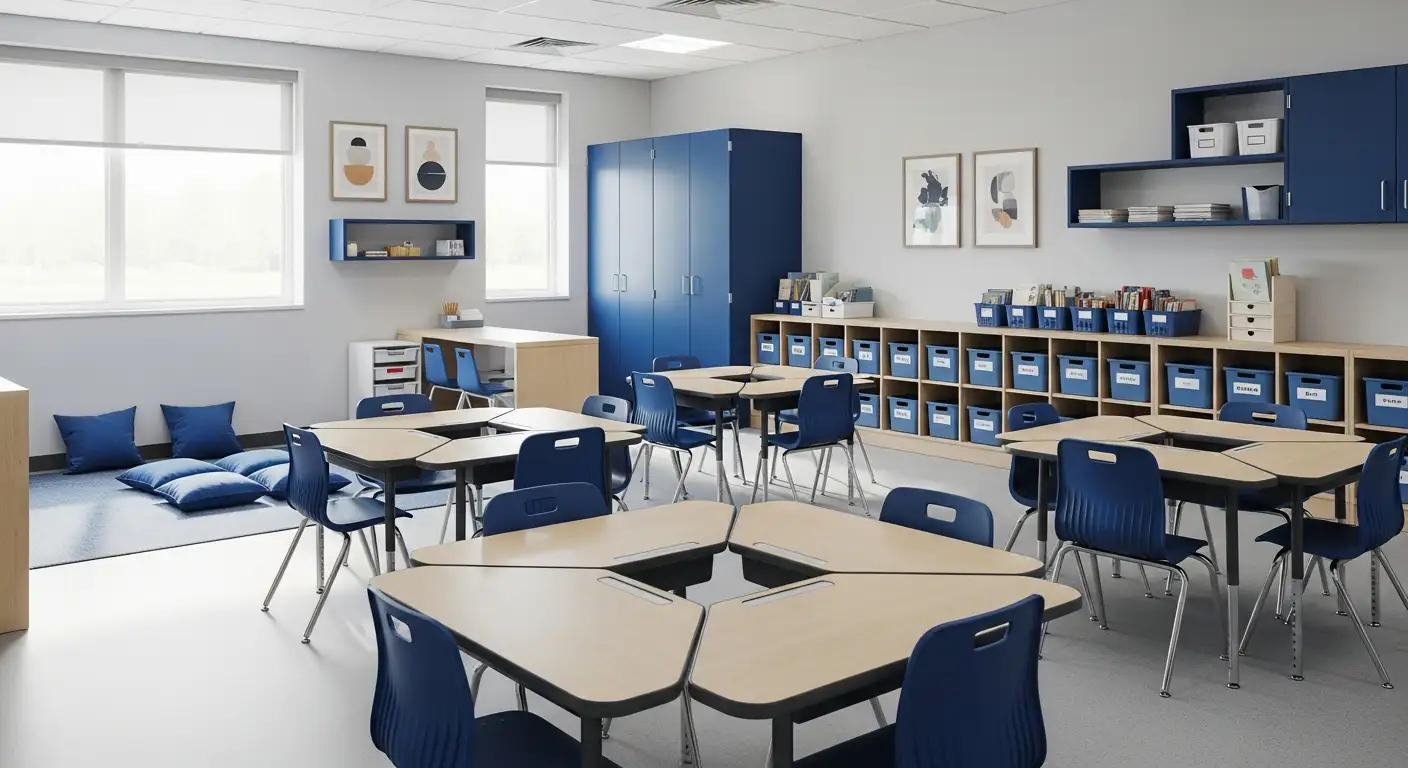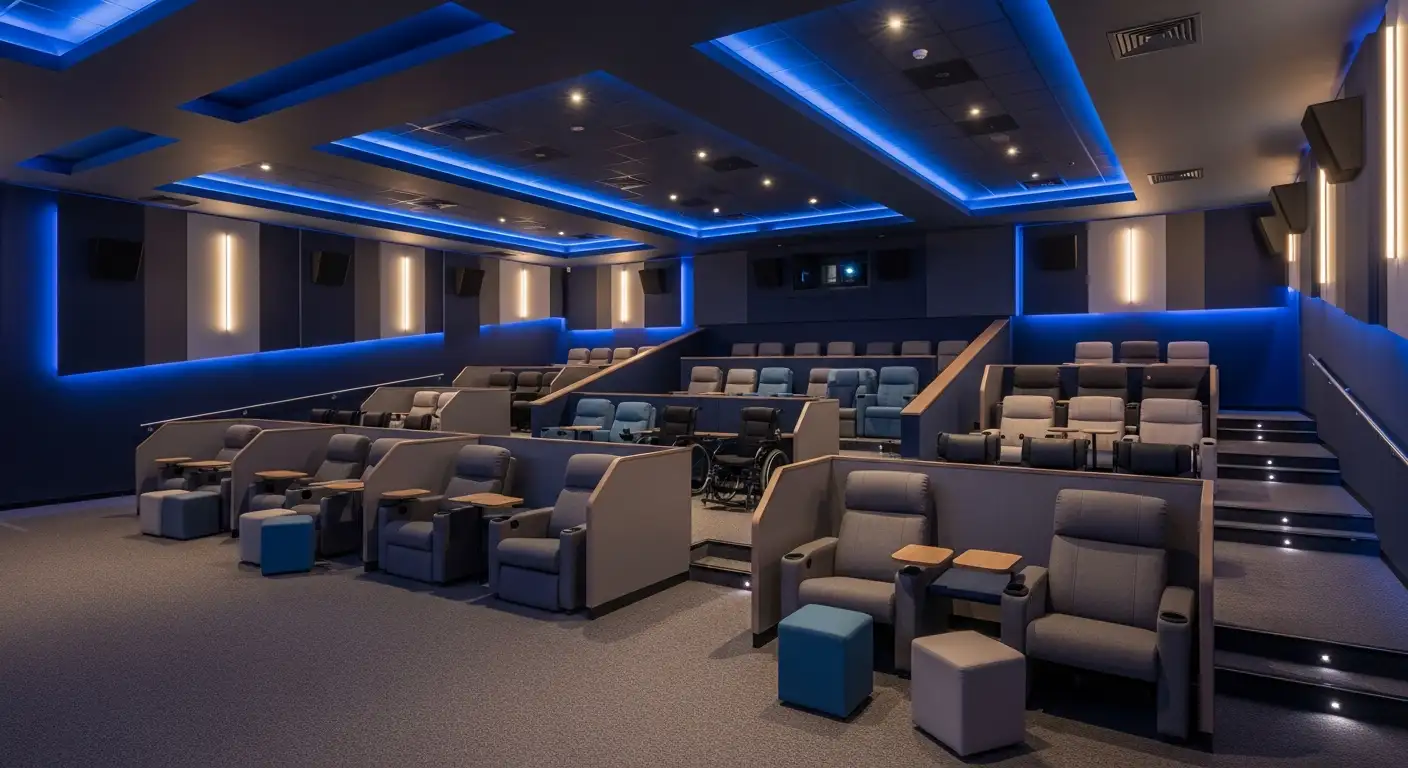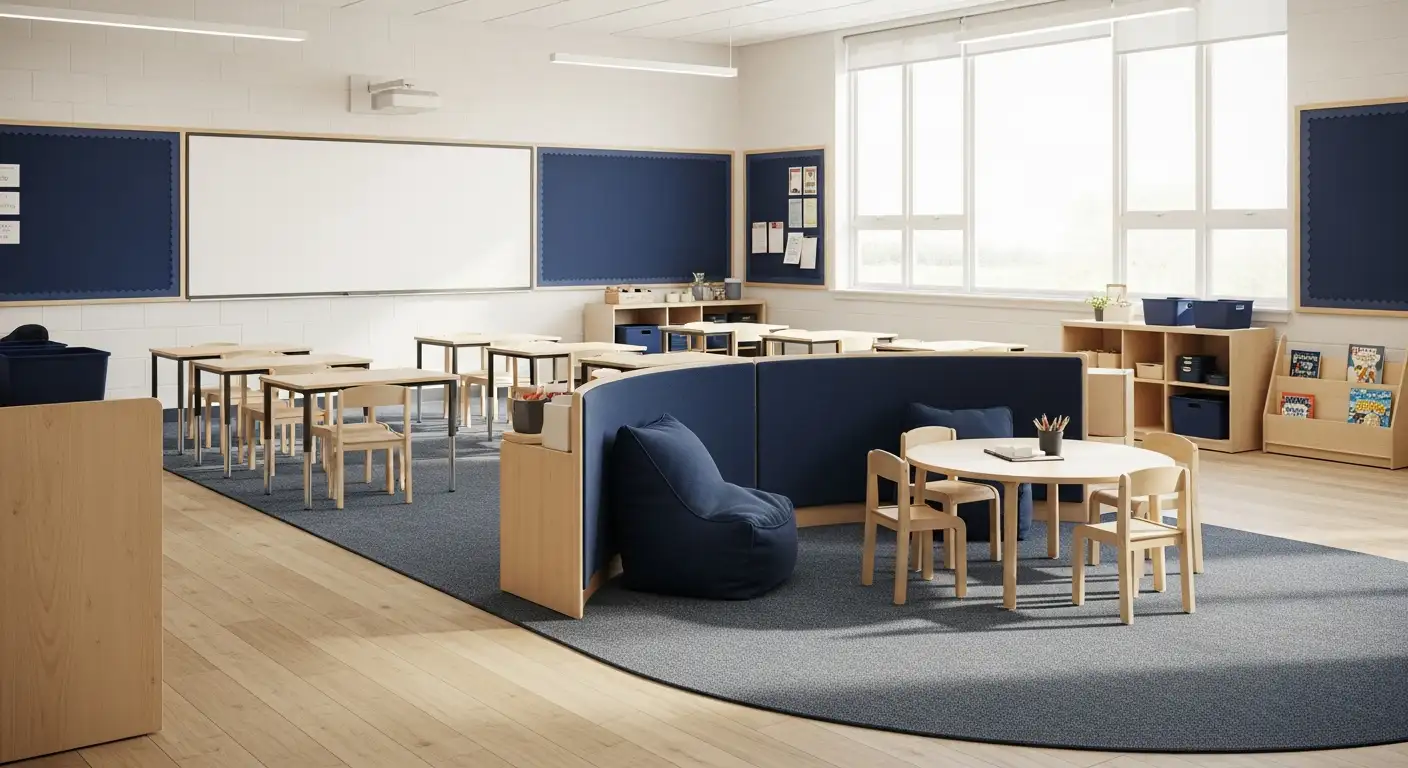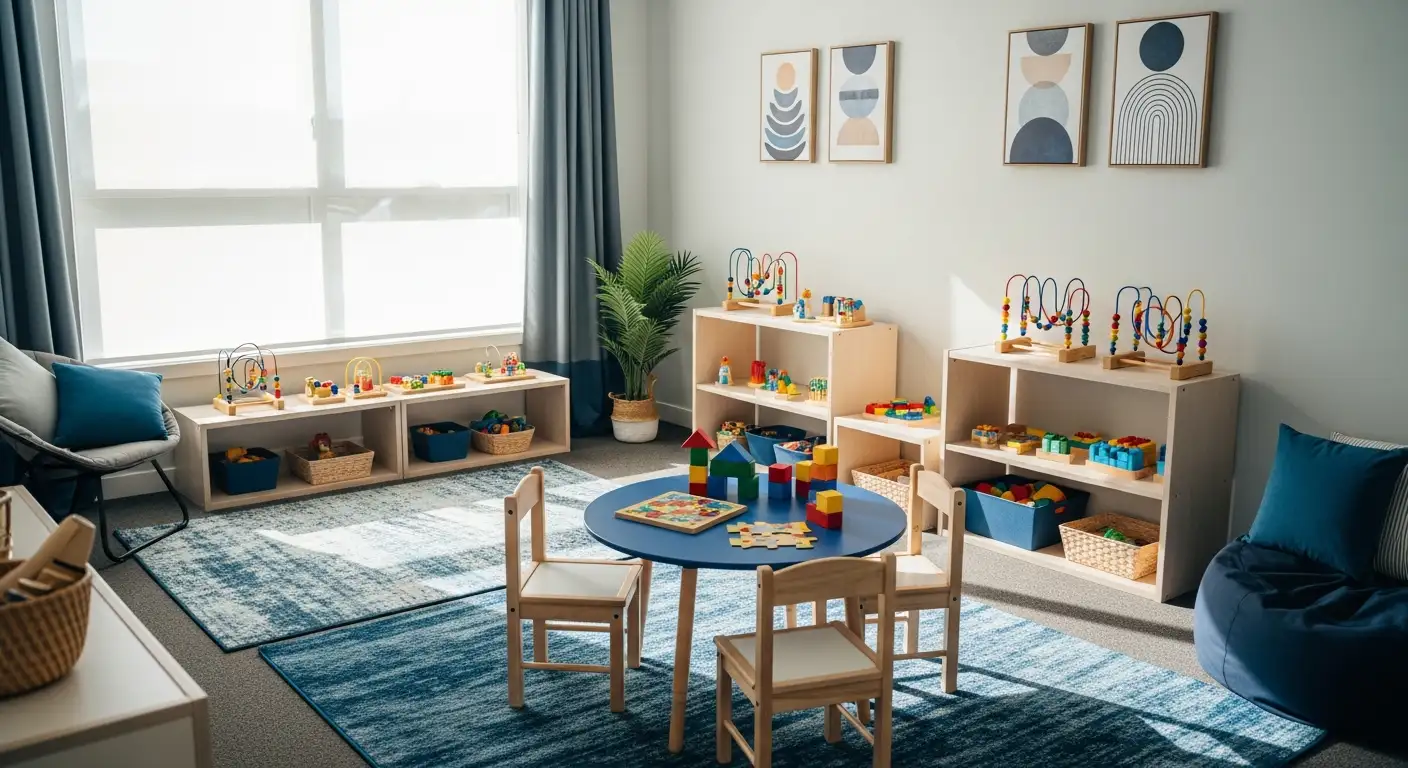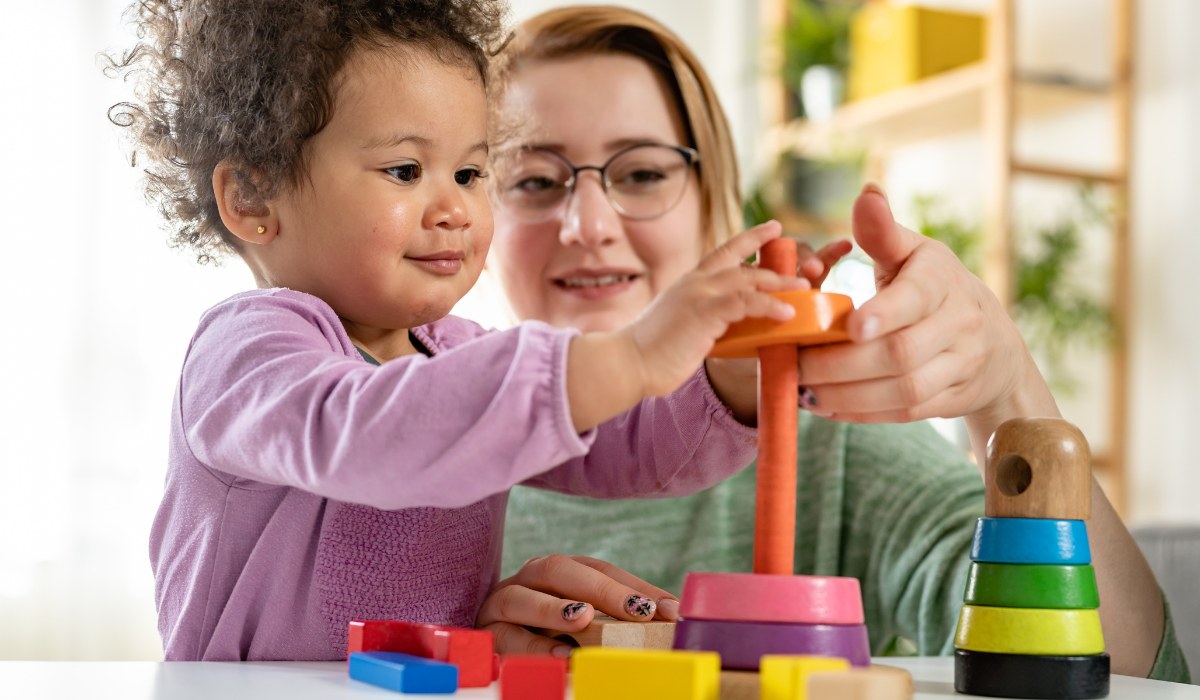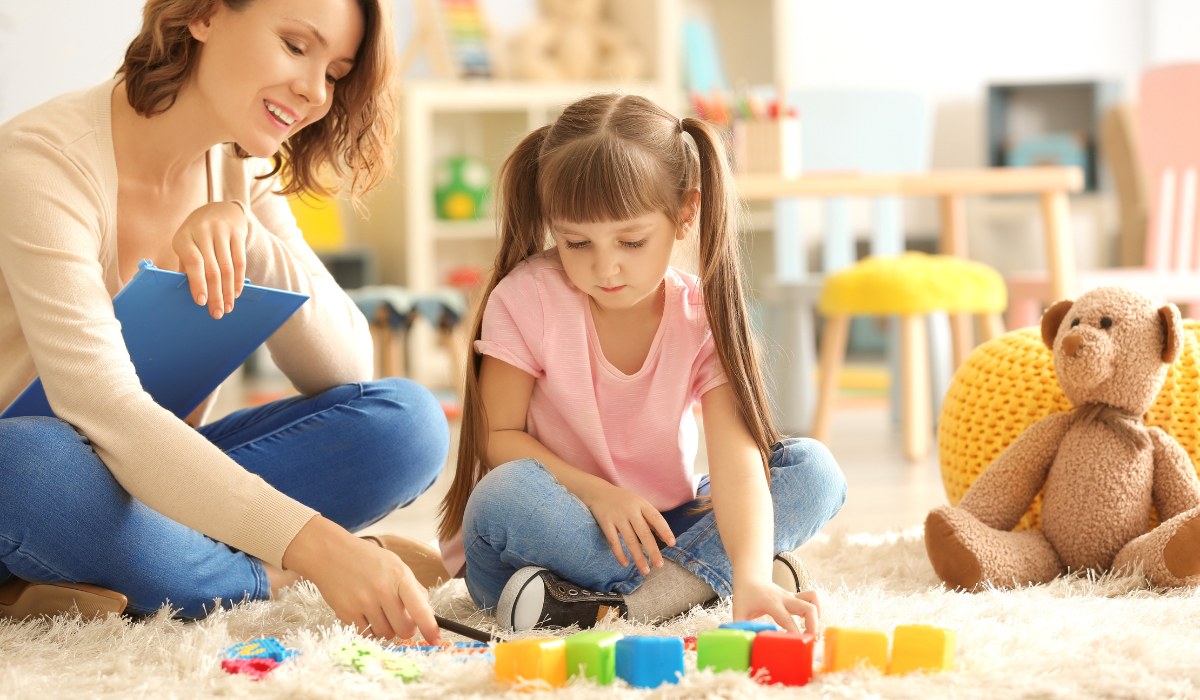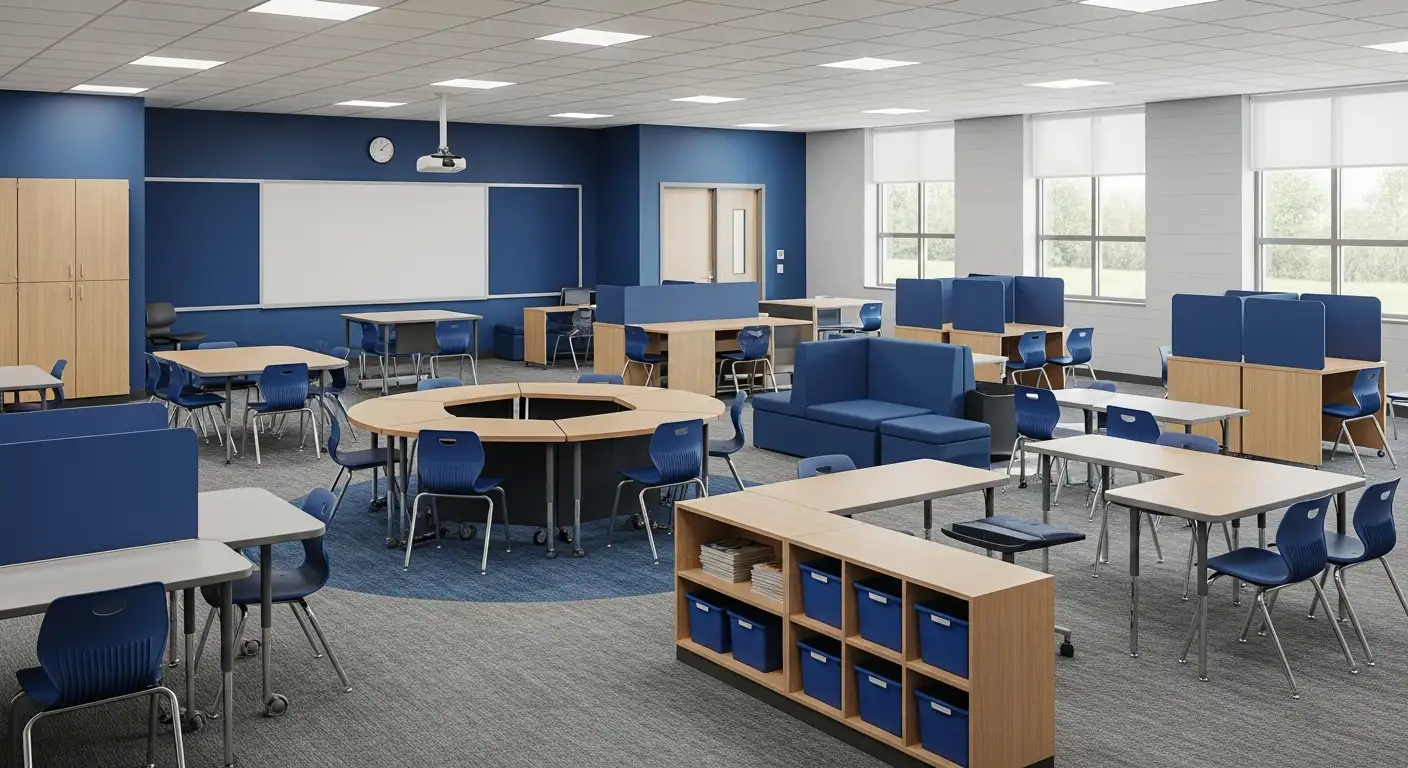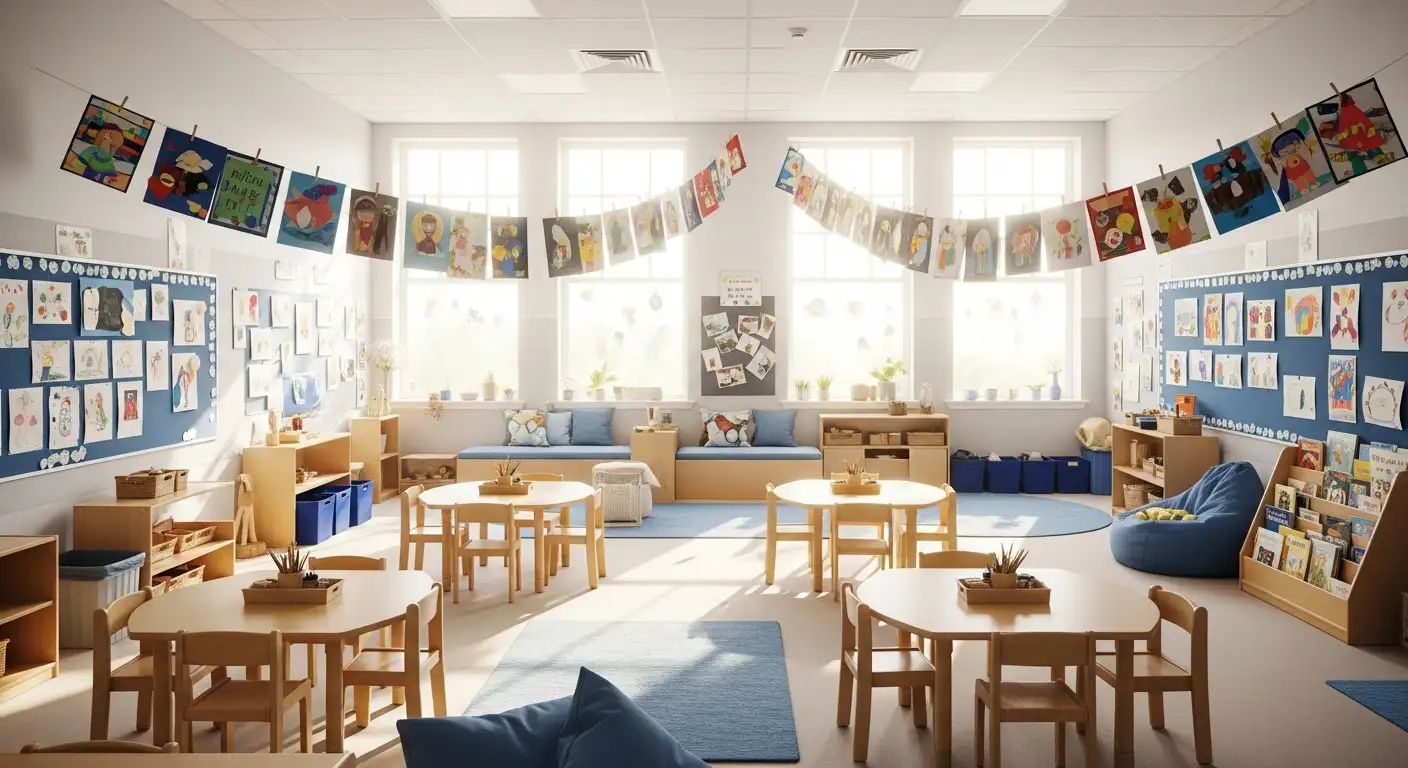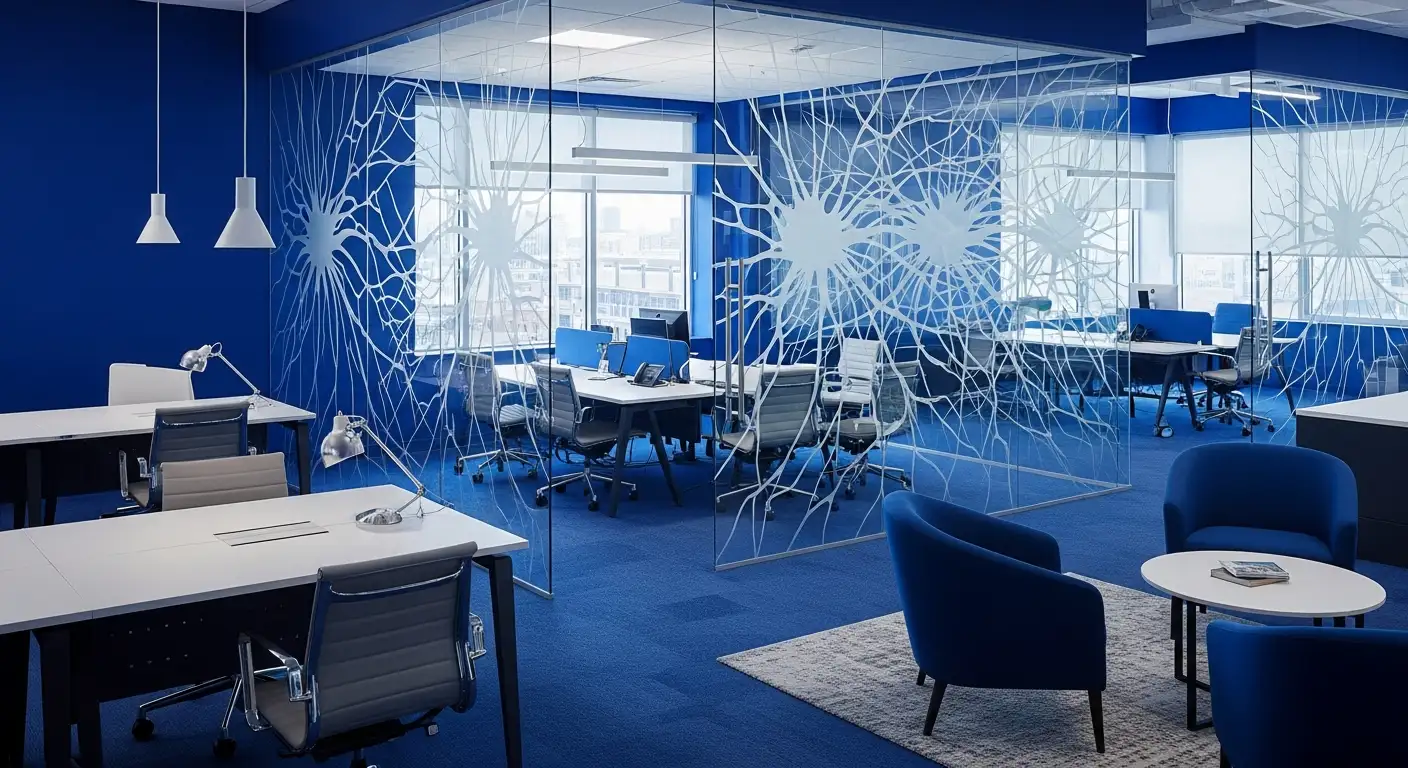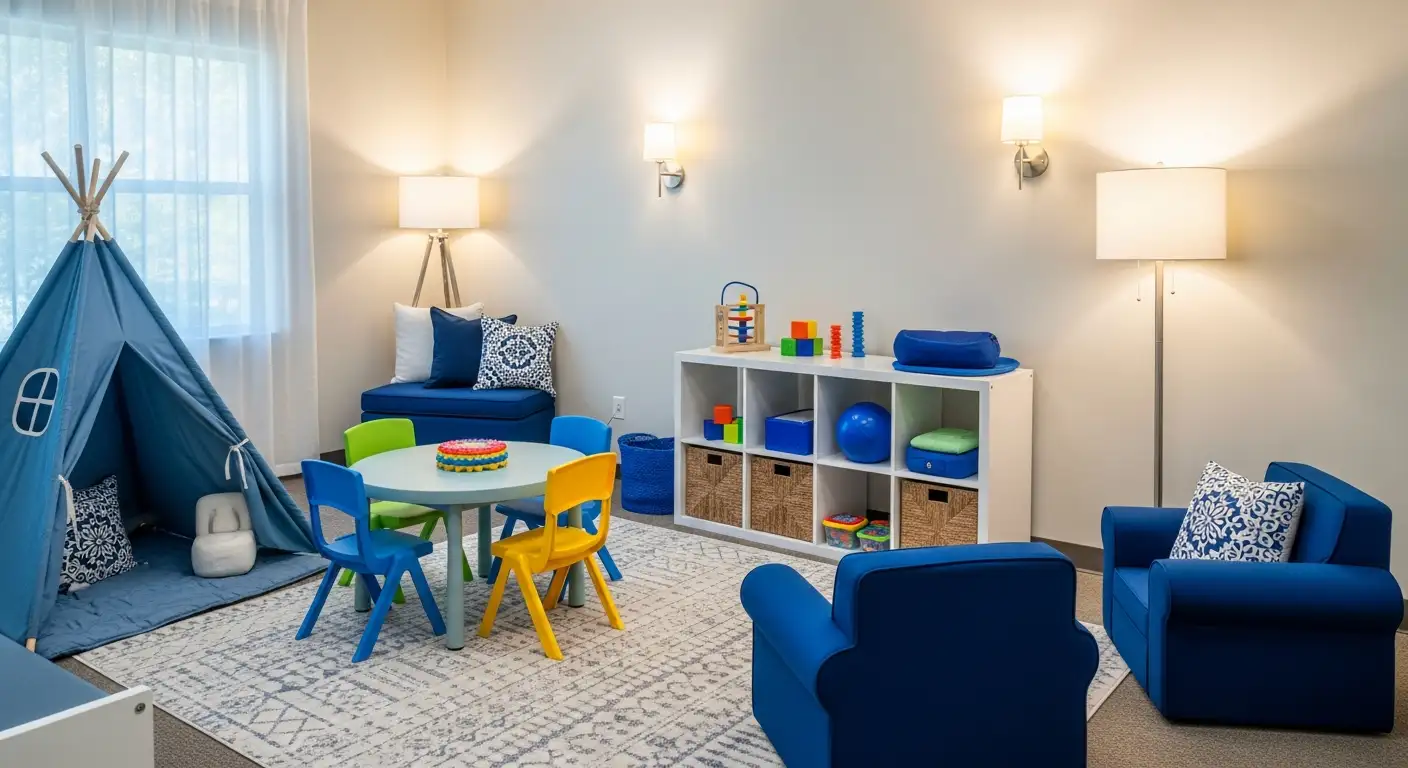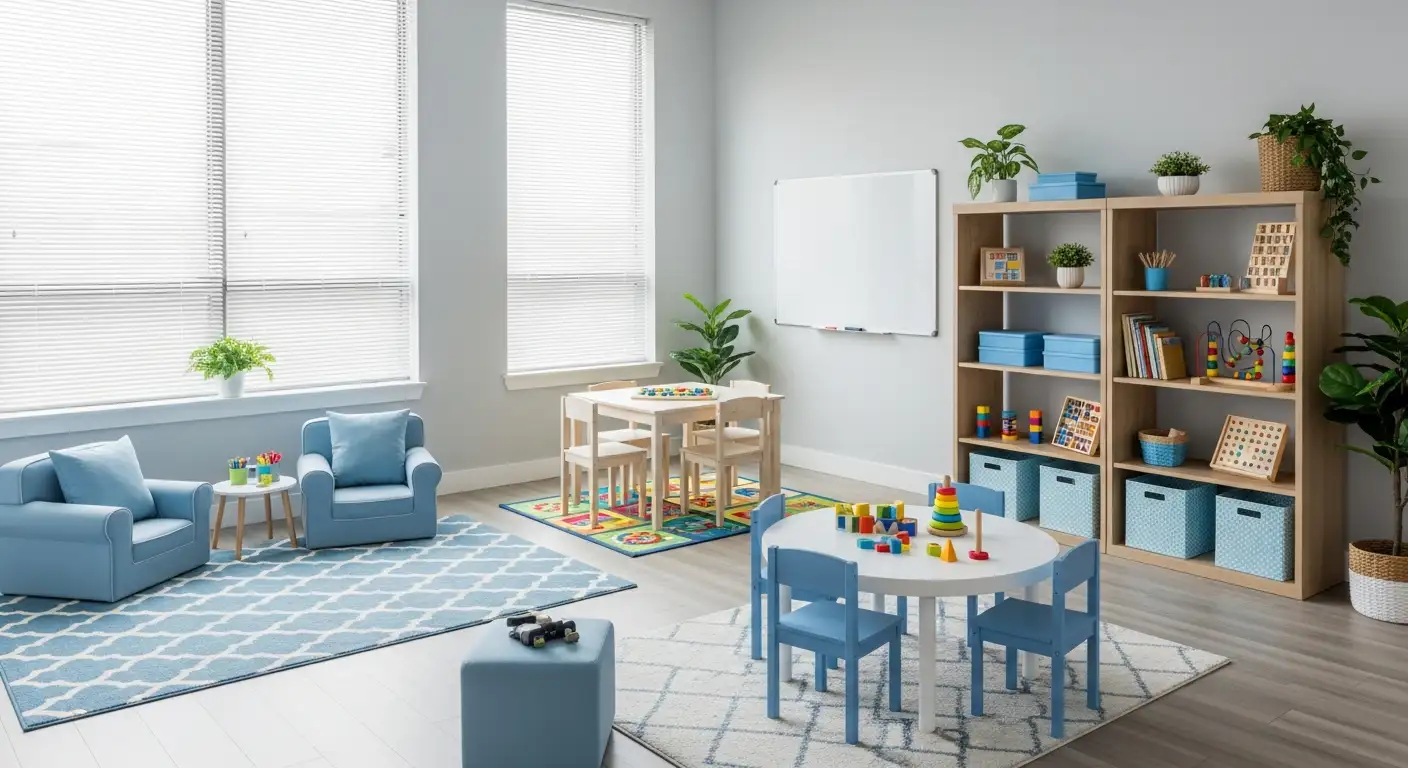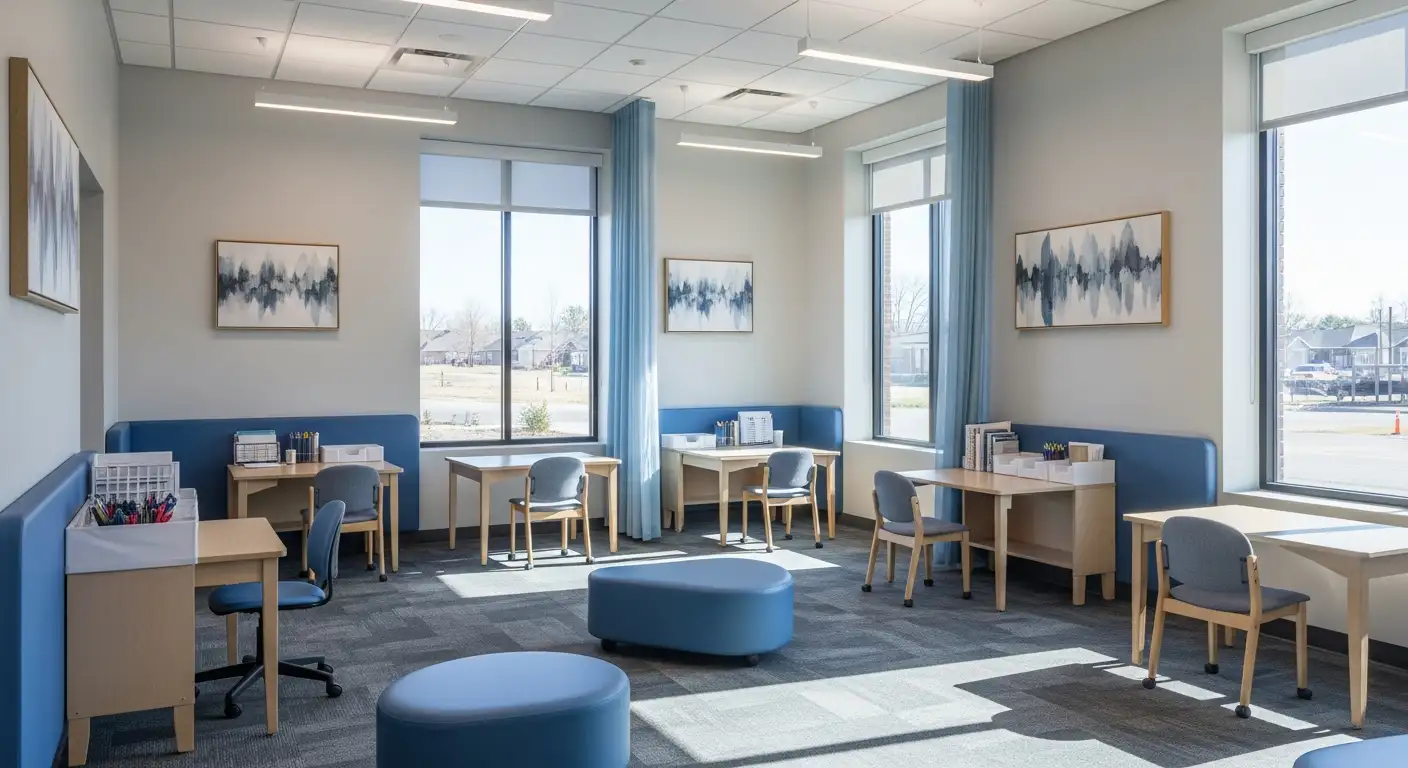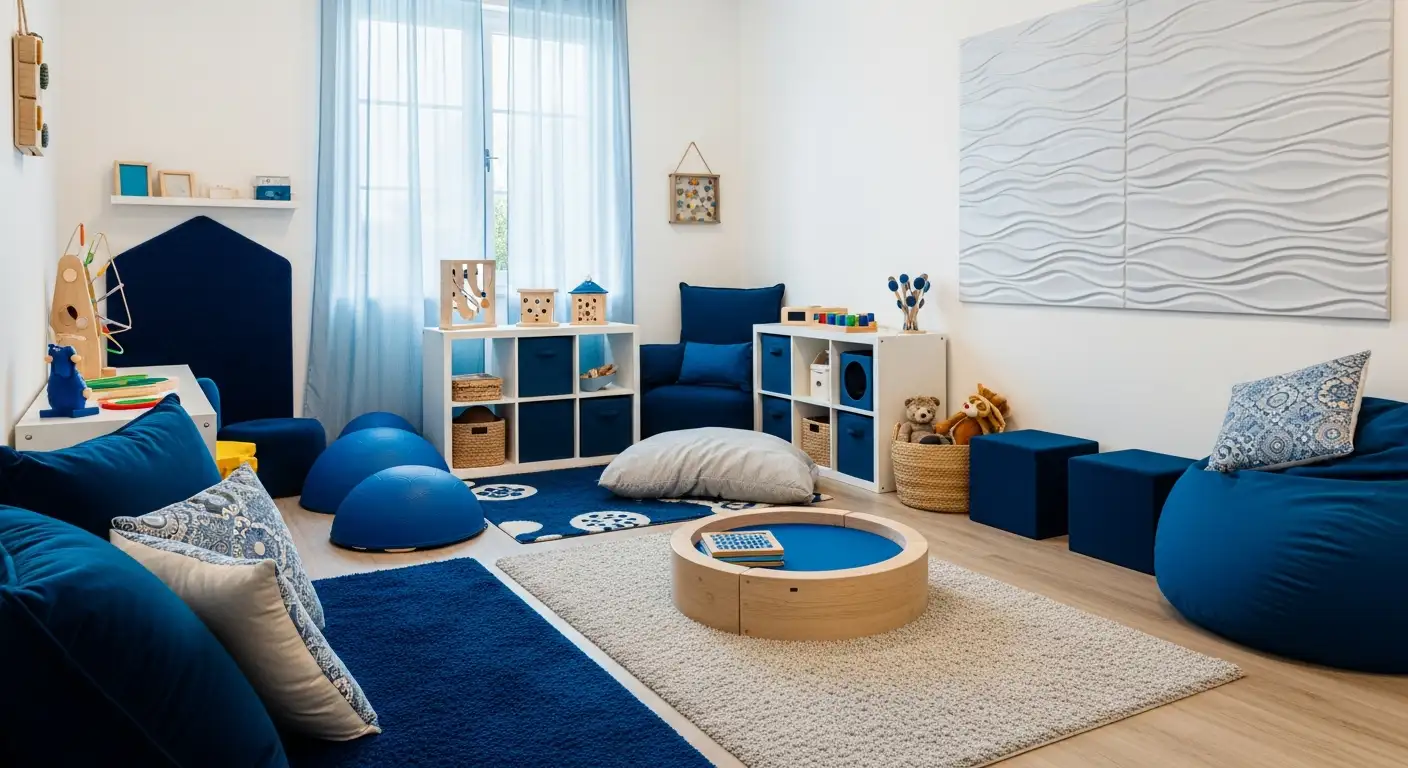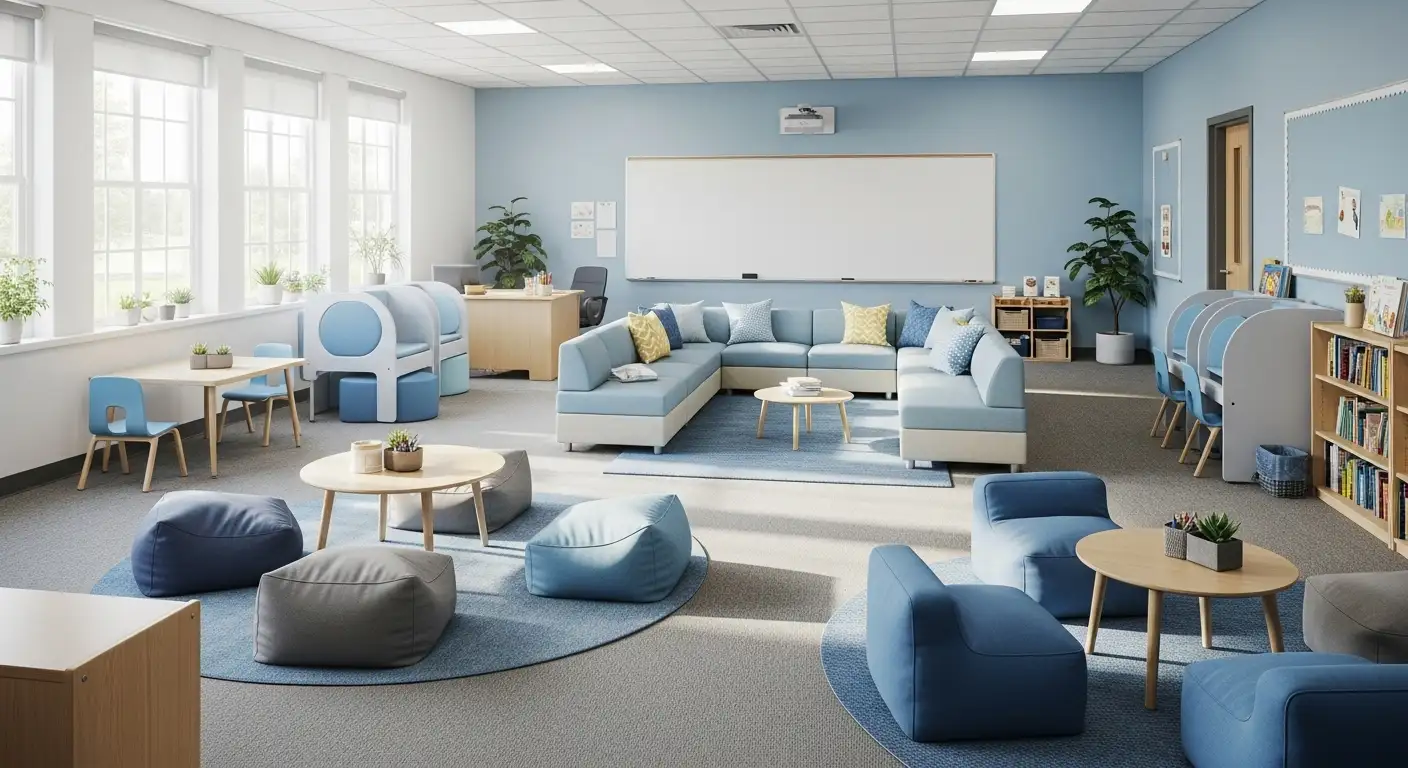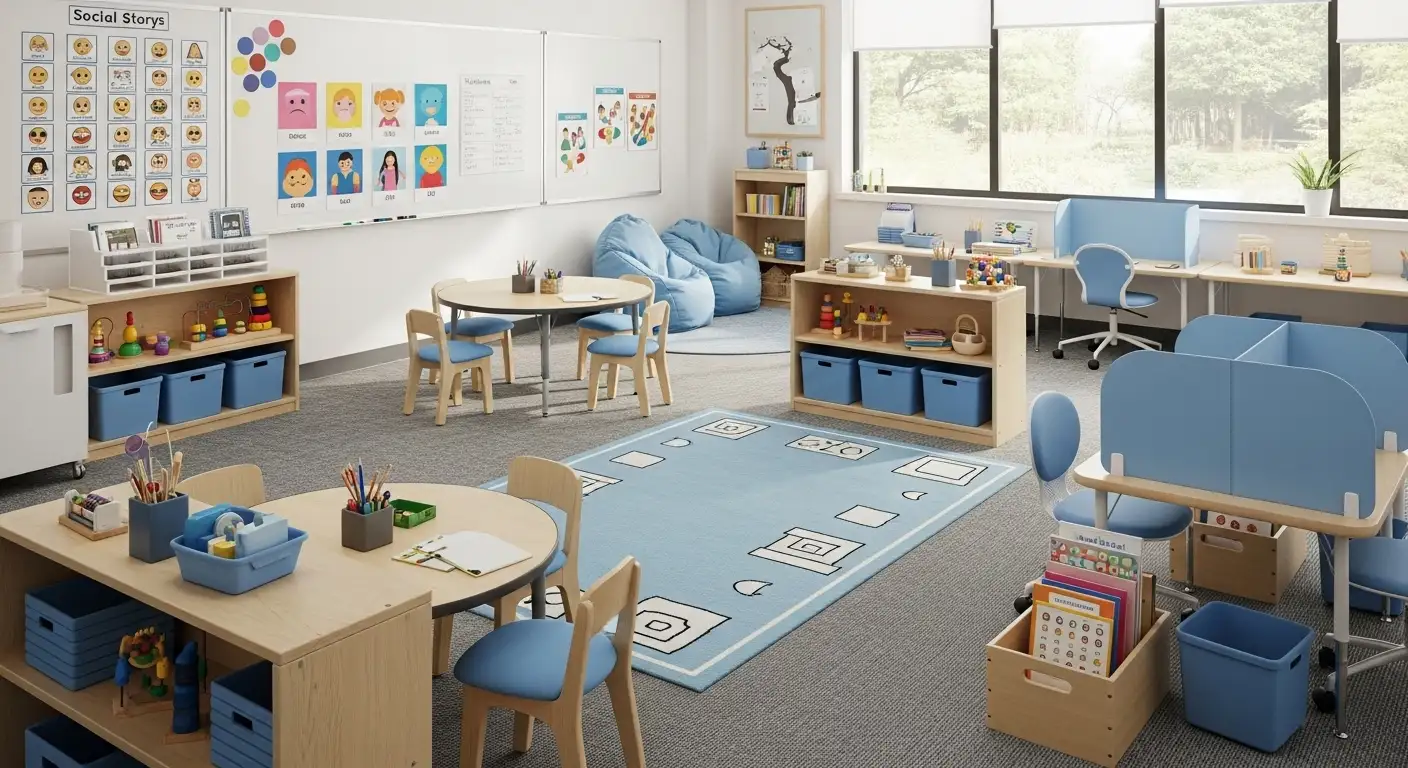The Role of Speech Therapy in Improving Autism Communication
Unlocking Communication Potential: How Speech Therapy Transform Lives of Autistic Individuals

Understanding the Critical Role of Speech Therapy in Autism
Speech therapy plays an essential role in supporting individuals with autism spectrum disorder (ASD) to improve their communication skills. Given the wide range of communication challenges faced by those with autism, tailored speech-language therapy addresses verbal, nonverbal, and social communication to foster expression, understanding, and social interaction. This article explores how speech therapy supports autistic individuals, the techniques and goals it employs, its integration with behavioral approaches like ABA therapy, and the benefits for families and communities.
Foundations of Speech Therapy in Autism Care
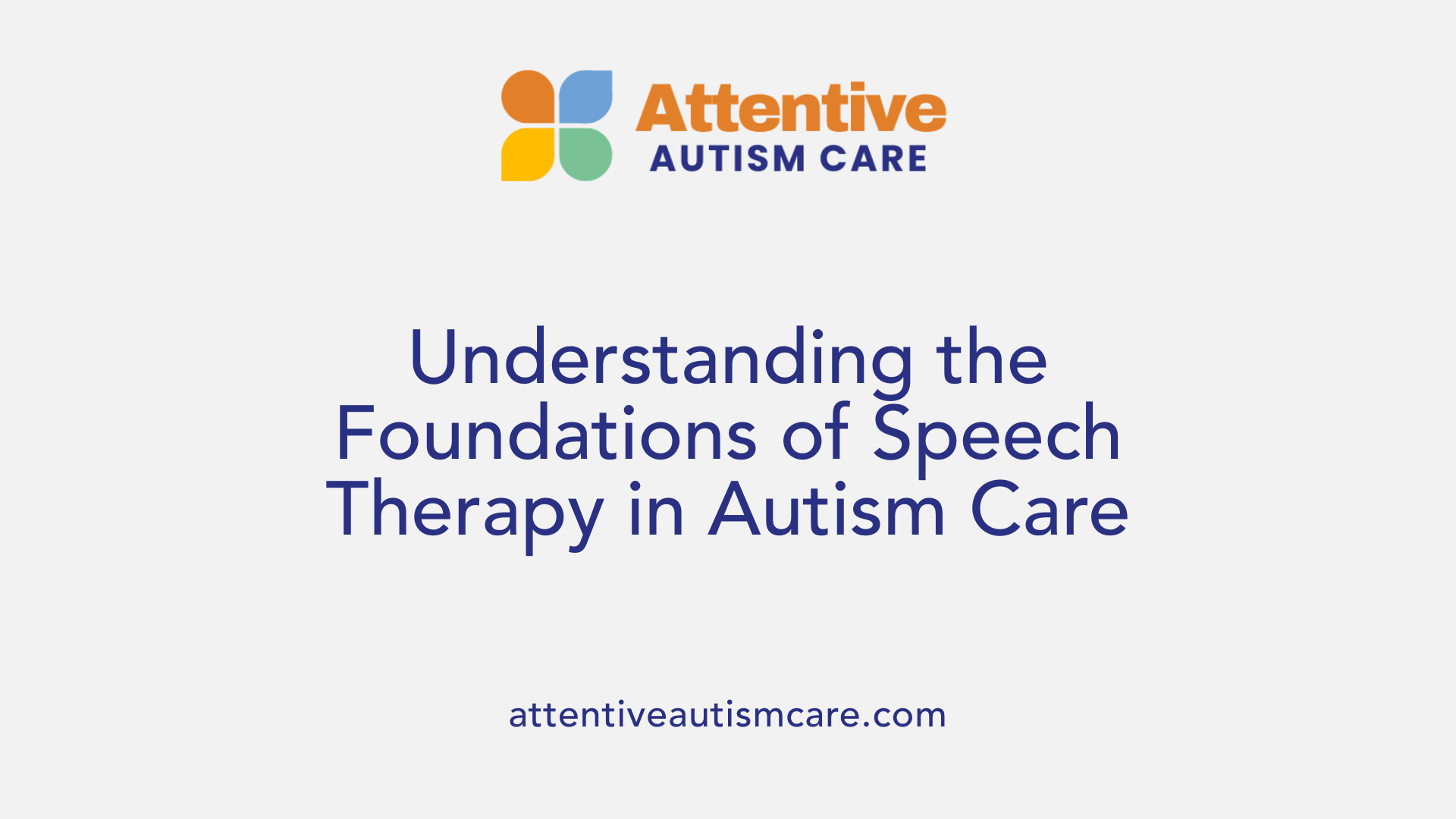
What Is the Scope of Speech Therapy for Autism?
Speech therapy in autism focuses on improving a range of communication skills tailored to the needs of each individual. It addresses both verbal and nonverbal communication challenges, including spoken language development, nonverbal skills like gestures and signs, and alternative communication forms such as picture exchange systems and speech-generating devices. Therapy also targets social communication abilities like initiating conversations, turn-taking, and interpreting social cues.
What Communication Challenges Does Speech Therapy Address?
Children and individuals with autism often face difficulties understanding and using language in various contexts. Speech therapy helps by:
- Enhancing articulation and vocabulary expansion
- Supporting comprehension of body language, facial expressions, and social norms
- Developing alternative communication methods for nonverbal individuals
- Teaching modulation of tone and emotional expression
- Improving understanding of figurative language and following complex directions through visual supports
What Is the Role of Speech-Language Pathologists (SLPs)?
SLPs are licensed professionals with specialized training who assess each person’s unique communication strengths and needs. They develop individualized therapy plans that focus on improving both social and language skills. Their expertise includes using evidence-based techniques, such as modeling, imitation, augmentative and alternative communication (AAC), and play-based learning to facilitate communication.
In Which Settings Is Speech Therapy Delivered?
Speech therapy is adaptable and can be provided in multiple environments depending on individual needs. Common settings include:
- Private clinics
- Schools and early intervention programs
- Homes
- Community locations
This flexibility helps integrate therapy into real-life contexts, enhancing skill generalization and effectiveness. Additionally, services are often covered by insurance or educational programs, ensuring accessibility for families.
| Aspect | Details | Benefits/Notes |
|---|---|---|
| Communication Areas | Verbal skills, nonverbal cues, social communication | Comprehensive skill development |
| Speech-Language Pathologists | Licensed professionals with CCC-SLP credential | Tailor plans to individual needs |
| Therapy Settings | Clinics, schools, homes, community environments | Flexible and context-specific interventions |
| Techniques Used | AAC devices, PECS, sign language, social stories, modelling | Support multiple communication styles |
Individualized Evaluation and Goal Setting by Speech-Language Pathologists
What is the evaluation process by speech-language pathologists (SLPs)?
The evaluation conducted by an SLP is a comprehensive assessment focusing on an individual's unique communication abilities and challenges. This process helps identify the specific areas where intervention is needed, such as verbal articulation, social communication, or nonverbal skills. Through observation and standardized tests, SLPs gather detailed insights into both strengths and difficulties, enabling a tailored approach.
How are communication strengths and challenges assessed?
SLPs assess multiple aspects of communication including spoken language, use of gestures, facial expressions, understanding of social cues, and alternative communication needs. They evaluate how the individual expresses needs, comprehends language, and interacts socially. This multidimensional assessment ensures that therapy goals are relevant and address the diverse communication styles common among individuals with autism.
How are personalized therapy goals developed?
Based on the assessment results, SLPs collaboratively set personalized therapy goals with the individual and their family. These goals may target improving clear speech sounds, expanding vocabulary, mastering social interaction skills like turn-taking, or adopting augmentative and alternative communication methods (AAC). Tailoring therapy this way ensures that it aligns with the person’s strengths, challenges, and personal interests, making interventions effective and engaging.
Enhancing Verbal and Nonverbal Communication Skills
How Does Speech Therapy Improve Spoken Language in Autism?
Speech therapy focuses on improving spoken language through articulation practice, vocabulary expansion, and refining sentence structure. Therapists work with children to help them produce clearer speech sounds and use words more effectively for communication. Developing conversational skills is also a priority, enabling children to express thoughts and engage in meaningful dialogues.
What Techniques Strengthen Oral Muscles for Better Speech Clarity?
A common focus in therapy is on strengthening the oral muscles that support speech. Exercises target the lips, tongue, and jaw to improve control and precision in making speech sounds. This physical strengthening helps children speak more clearly and be better understood by others.
How Are Nonverbal Communication Skills Developed?
Speech therapy includes teaching nonverbal skills such as signs, gestures, and facial expressions. Children learn to recognize and use body language to support their communication. For example, understanding and matching emotions with facial expressions helps them convey feelings effectively.
Why Is Understanding Body Language and Emotional Cues Important?
Beyond words, effective communication involves interpreting others’ body language and emotional signals. Therapists guide children to recognize cues like eye contact, tone of voice, and gestures, which are crucial for social interactions and building relationships.
What Role Do Visual Supports Play in Speech Therapy?
Visual supports such as pictures, social stories, and AAC (Augmentative and Alternative Communication) devices are widely used. These tools provide clear visual cues that help children understand language and communicate, especially when verbal skills are limited. Strategies incorporating visual supports foster better comprehension and expression.
| Aspect | Focus Area | Description |
|---|---|---|
| Spoken Language | Articulation, Vocabulary, Sentences | Improving clarity and complexity of spoken communication |
| Oral Muscle Strength | Muscle Control | Exercises to enhance speech clarity through physical strength |
| Nonverbal Communication | Signs, Gestures, Facial Expressions | Developing alternative ways to express and understand messages |
| Emotional and Body Language | Recognition and Use | Interpreting social cues for effective interactions |
| Visual Supports | Pictures, AAC Devices | Tools aiding communication and understanding |
Augmentative and Alternative Communication (AAC) in Supporting Speech Therapy
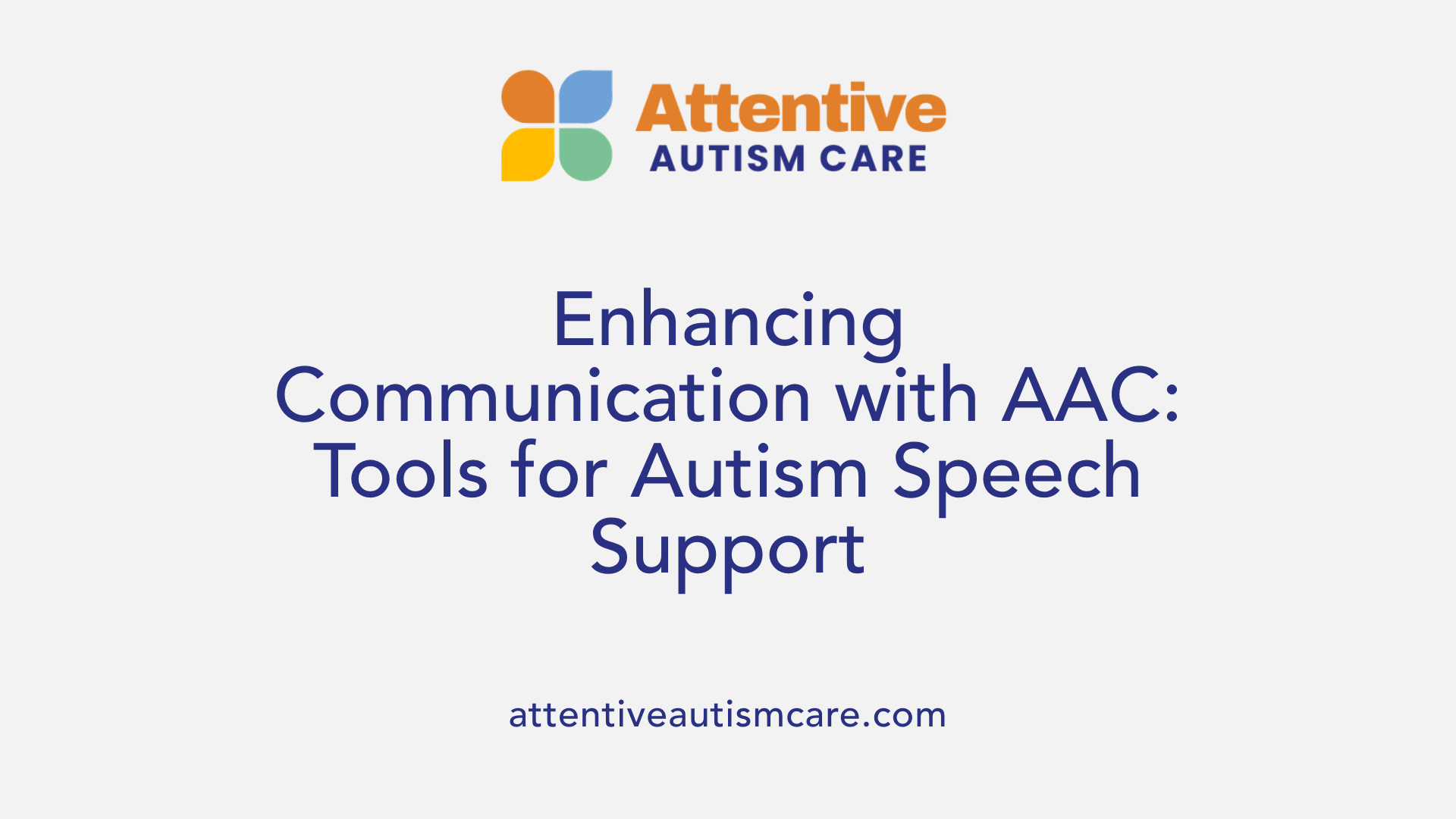
What AAC Methods Are Commonly Used in Speech Therapy for Autism?
Augmentative and Alternative Communication (AAC) encompasses a variety of methods designed to support individuals with autism who struggle with verbal communication. Common AAC strategies include sign language, the Picture Exchange Communication System (PECS), and speech-generating devices.
Sign language enables individuals to use manual signs and gestures, providing a nonverbal mode of communication. PECS is a structured system where users exchange pictures to express needs or thoughts, promoting visual understanding and engagement. Speech-generating devices are technology-based tools that produce spoken words or phrases, facilitating expressive communication.
How Do High-Tech Devices Enhance AAC?
Advancements in technology have introduced customizable speech-generating devices such as the QuickTalker Freestyle™. This device supports various speech applications and can be tailored to individual communication needs, enabling users to express themselves more effectively. High-tech AAC devices offer dynamic vocabularies and responsive interfaces that adapt as users develop their language skills.
What Benefits Does AAC Offer to Nonverbal Individuals with Autism?
AAC methods provide vital communication avenues for nonverbal children and adults with autism. These tools help reduce frustration by enabling expression of needs, thoughts, and emotions. Furthermore, AAC supports vocabulary growth, encourages initiation of communication, and improves social interaction abilities, thereby fostering greater independence and inclusion.
What Does Research Say About AAC Effectiveness?
Studies indicate that AAC, especially high-tech speech devices, significantly improves communication outcomes in individuals with autism. These devices increase vocabulary acquisition, promote spontaneous communication, and facilitate better social engagement. Their use is associated with enhanced expressiveness and understanding, making them an important component of speech therapy interventions.
Developing Social Communication and Interaction Skills Through Speech Therapy
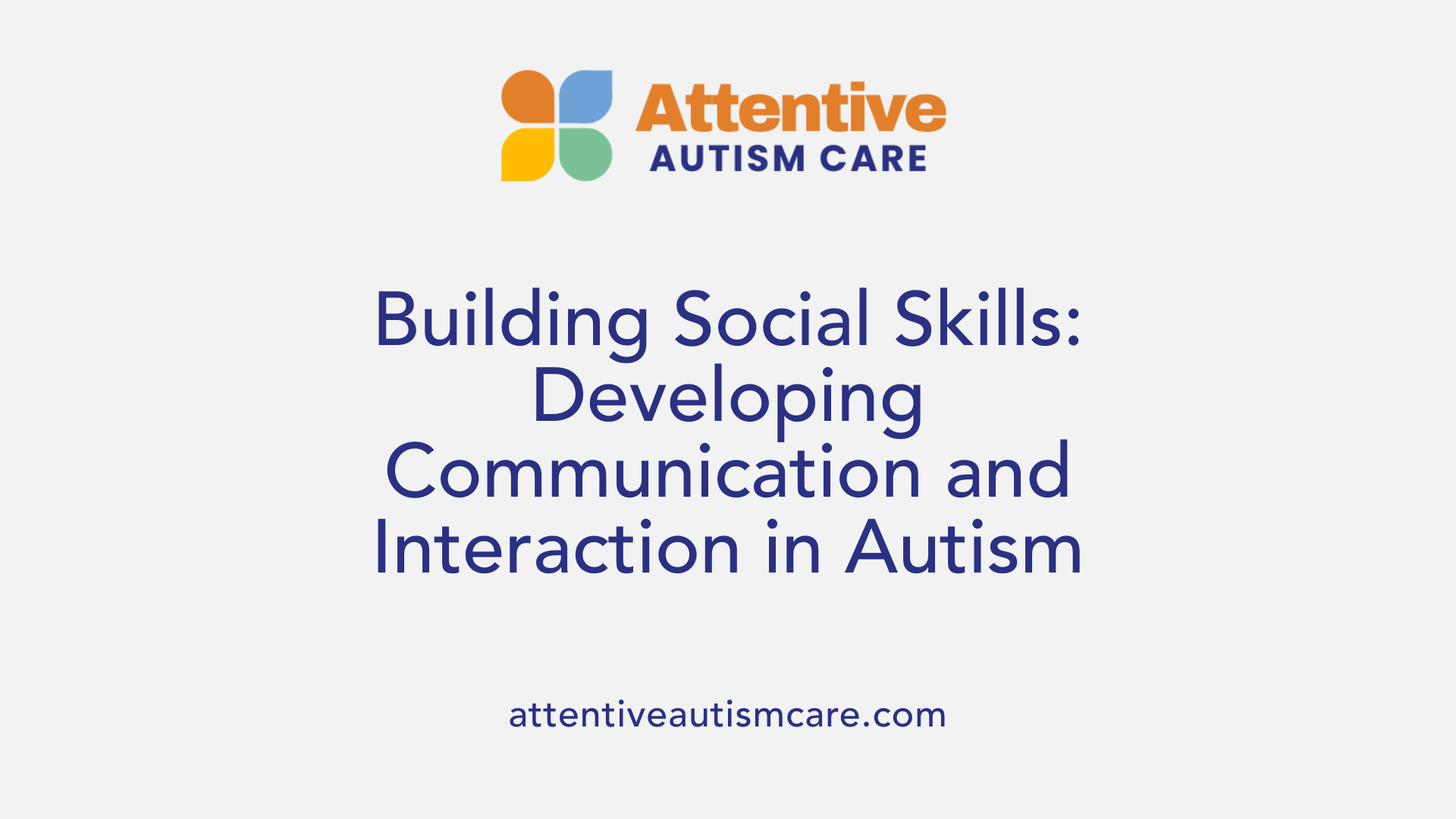
How Does Speech Therapy Promote Conversation Skills?
Speech therapy supports children with autism in developing essential conversation skills like turn-taking, initiating interactions, and maintaining eye contact. Therapists use targeted exercises to help children practice these skills in structured settings, promoting smoother and more natural social exchanges.
What Role Do Social Cues and Norms Play in Therapy?
Understanding social cues such as facial expressions and tone of voice is a crucial part of therapy. Techniques like role-playing allow children to learn and practice social norms in a safe environment, enhancing their ability to navigate diverse social situations with confidence.
How Are Group Therapy and Coaching Used to Build Social Skills?
Group therapy settings give children opportunities to interact with peers, practicing communication and social skills in real-time. Coaching sessions further individualize learning by addressing specific social challenges, helping children apply skills in everyday social contexts.
How Do Social Stories and Real-World Practice Enhance Learning?
Social stories are used to explain social situations step-by-step, preparing children for real-life interactions. Advanced therapy often includes practicing social skills in real-world environments, like shopping or visiting a bank, bridging the gap between therapy and daily social engagement.
Integration of Applied Behavior Analysis (ABA) Therapy in Communication Development
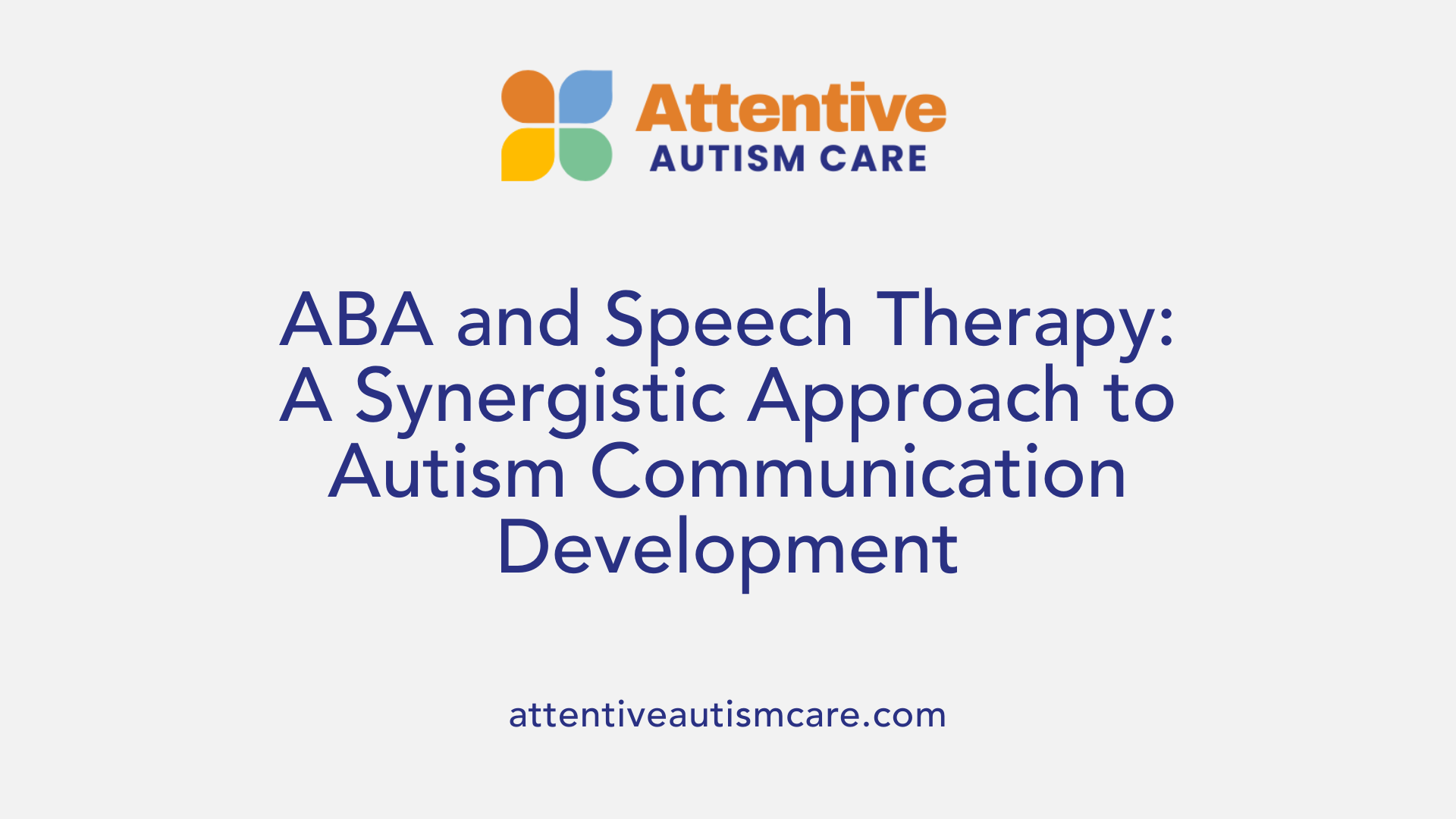
What is Applied Behavior Analysis (ABA) therapy and how is it used in treating autism?
Applied Behavior Analysis (ABA) therapy is a scientific, evidence-based approach designed to improve behaviors by understanding the impact of the environment. It focuses on increasing positive behaviors like communication and social skills while decreasing challenging behaviors through the use of reinforcement strategies and structured teaching techniques.
ABA methods like Discrete Trial Training (DTT) and Pivotal Response Treatment (PRT)
Two common ABA methods include Discrete Trial Training (DTT) and Pivotal Response Treatment (PRT). DTT breaks down skills into small, manageable steps taught one at a time using repetition and rewards, which is especially useful for teaching foundational communication skills. PRT, on the other hand, targets pivotal areas of development such as motivation and self-management by embedding learning in natural contexts to encourage spontaneous communication and social interaction.
How ABA complements speech therapy for autism
ABA therapy complements speech therapy by reinforcing communication behaviors and providing consistent practice in varied settings. While speech-language pathologists develop verbal and nonverbal communication skills, ABA therapists help generalize these skills using structured learning and behavior modification techniques. ABA’s emphasis on behavior encourages children with autism to use their improved communication abilities effectively in everyday social situations.
Role of BCBAs and trained professionals in ABA delivery
Board Certified Behavior Analysts (BCBAs) and other trained professionals deliver ABA therapy. They design individualized treatment plans, conduct assessments, and adjust interventions to meet each child’s unique needs. Their expertise ensures ABA programs are evidence-based and adapt as the child progresses.
Settings of ABA therapy
ABA therapy is provided in various environments including private clinics, homes, schools, and community settings. The flexibility of locations allows therapy to be integrated naturally into the child's daily routines, enhancing learning and skill generalization across contexts.
Tailoring Therapy: Individualization and Family Involvement

Comprehensive assessments for customized plans
Speech-language pathologists (SLPs) and behavior analysts begin with detailed evaluations to understand a child's unique communication strengths, challenges, and learning styles. These assessments guide the development of personalized therapy plans that focus on verbal and nonverbal skills, social communication, and behavioral needs.
Adjustments based on data and progress
Therapists continuously monitor progress through data collection and observations, enabling adjustments to strategies and goals. This dynamic approach ensures that therapy remains responsive to the child's evolving abilities and challenges.
Incorporation of child’s interests and strengths
Using a child's interests and strengths makes therapy engaging and meaningful. Tailoring activities to what motivates the child encourages participation and accelerates skill acquisition. For example, incorporating favorite topics or play items can enhance communication practice.
Family training and involvement to reinforce communication skills
Families play a crucial role in generalizing communication skills outside therapy. Training caregivers in strategies such as modeling language, using visual supports, and creating communication opportunities at home strengthens therapy outcomes. Consistent involvement ensures skills are practiced in everyday contexts.
Supporting routines and use of visual aids at home
Establishing predictable routines and integrating visual aids like picture schedules or high-tech speech devices (e.g., customizable AAC tools) helps children understand expectations and express themselves effectively. Visual supports promote engagement and reduce frustration, making communication efforts more successful.
How is ABA therapy tailored to individual needs?
Applied Behavior Analysis (ABA) therapy is personalized through comprehensive assessments that identify a child's unique strengths, challenges, and preferences. Treatment plans incorporate strategies such as positive reinforcement and prompting, carefully adapted based on ongoing progress data. Family training is integral, equipping caregivers to support skill practice and foster natural generalization of new abilities. Factors like the child’s age and interests further guide therapy customization, ensuring an effective and flexible approach.
Benefits of Combined Speech and ABA Therapy for Families and Individuals
How Does Combined Therapy Improve Communication?
Speech and ABA therapies together address both verbal and nonverbal communication challenges common in autism. Speech therapy enhances articulation, vocabulary, and social communication skills such as turn-taking and eye contact. ABA therapy complements this by using positive reinforcement to encourage functional communication and reduce undesired behaviors, boosting overall expressiveness and understanding.
In What Ways Does This Therapy Enhance Independence and Daily Living Skills?
ABA therapy focuses on practical daily skills, such as self-care routines and following instructions, while speech therapy supports the verbal and nonverbal tools needed for effective communication. Together, they enable individuals to perform everyday tasks more independently and engage confidently in different environments.
How Can These Therapies Support Emotional Regulation and Coping?
ABA uses structured approaches to teach emotional regulation and coping strategies, helping individuals recognize and manage their feelings. Speech therapy adds by improving the ability to express emotions verbally or with alternative communication methods, reducing frustration and enhancing self-advocacy.
What Improvements Are Seen in Social and Educational Participation?
By fostering social skills such as interpreting social cues and initiating conversations, speech therapy encourages meaningful interactions. ABA therapy’s targeted social engagement programs support participation in school and community settings, facilitating smoother inclusion and better peer relationships.
How Do These Therapies Empower Families and Improve Quality of Life?
Families gain tools and strategies through therapy collaboration, increasing their confidence in supporting communication and behavior goals at home. This involvement leads to enhanced family interactions, reduced stress, and a more fulfilling life experience for both individuals with autism and their loved ones.
| Benefit Area | Speech Therapy Contribution | ABA Therapy Contribution |
|---|---|---|
| Communication | Improves verbal and nonverbal skills, social cues | Reinforces communication use, decreases challenging behaviors |
| Independence and Daily Living | Strengthens expressive abilities for needs and routines | Teaches daily living and self-care behaviors |
| Emotional Regulation | Enables expression of feelings | Provides coping and behavior management techniques |
| Social/Educational Settings | Enhances conversation and social understanding | Promotes social participation and engagement |
| Family Empowerment | Educates caregivers to support communication | Involves families in behavior management strategies |
Early Intervention and Multidisciplinary Approaches in Autism Communication
Importance of Early Diagnosis and Communication Screening
Early detection of communication challenges in children with autism spectrum disorder (ASD) is crucial for positive developmental outcomes. Indicators such as delayed pointing, lack of joint attention, and absence of meaningful words by 24 months prompt early intervention. Screening often occurs during preschool years, emphasizing assessment of social interaction and attention to voice.
Collaborative Roles of SLPs, Audiologists, Pediatricians, and Neurologists
Effective early intervention depends on multidisciplinary collaboration. Speech-language pathologists (SLPs) evaluate language delays and communication patterns, audiologists conduct formal hearing tests, pediatricians monitor overall development, and neurologists assess neurological factors. Together, they create comprehensive diagnostic and intervention plans tailored to each child's unique needs.
Use of Natural Developmental Behavioral Interventions (NDBI)
Natural Developmental Behavioral Interventions are applied in everyday settings to enhance social and communication skills. NDBI strategies integrate behavioral techniques with natural interactions to promote imitation, joint attention, and language use, supporting core deficits in ASD through developmentally appropriate activities.
Combination with Psychological, Educational, and Technological Therapies
Intervention incorporates structured education and psychological support to address emotional regulation, social behavior, and patterned learning. Techniques include social stories, role-playing, and Applied Behavior Analysis (ABA). Educational settings provide routines and social activities, while therapy adapts to family priorities and developmental levels for ongoing effectiveness.
Emerging Technologies Like Virtual Reality and Social Robots
Innovative tools such as virtual reality environments and social assistance robots enhance social communication skills by providing engaging, controlled practice opportunities. Wearable technology and high-tech speech-generating devices further support language acquisition and expression, fostering independence and reducing frustration.
Together, these early intervention and multidisciplinary methods create a comprehensive framework that supports communication development and social interaction skills in children with autism.
Speech Therapy: Empowering Communication and Connections in Autism
Speech therapy, when integrated with behavioral approaches like ABA, plays a pivotal role in transforming the communication abilities of individuals with autism. Through specialized evaluation, personalized therapy plans, and use of advanced techniques—including AAC devices and social communication training—speech-language pathologists foster expressive and receptive language development. Early intervention and family involvement further enhance outcomes, supporting children to build meaningful relationships and navigate social environments. Ultimately, speech therapy empowers autistic individuals and their families, unlocking the potential to express needs, share thoughts, and connect with the world around them.
References
- Speech Therapy
- The Role of Speech Therapy for Children with Autism
- How Speech Therapy Helps Individuals with Autism
- The Role of Speech Therapy in Supporting Autistic Children
- Understanding Autism Spectrum Disorders: The Role of ...
- Review of intervention methods for language and ...
- Effective Speech Therapy Approaches—Working with ASD
- Applied Behavioral Analysis (ABA) Therapists in Fairfax ...
- Applied Behavior Analysis (ABA)
- Comparing ABA Therapy Models – Custom vs Traditional





